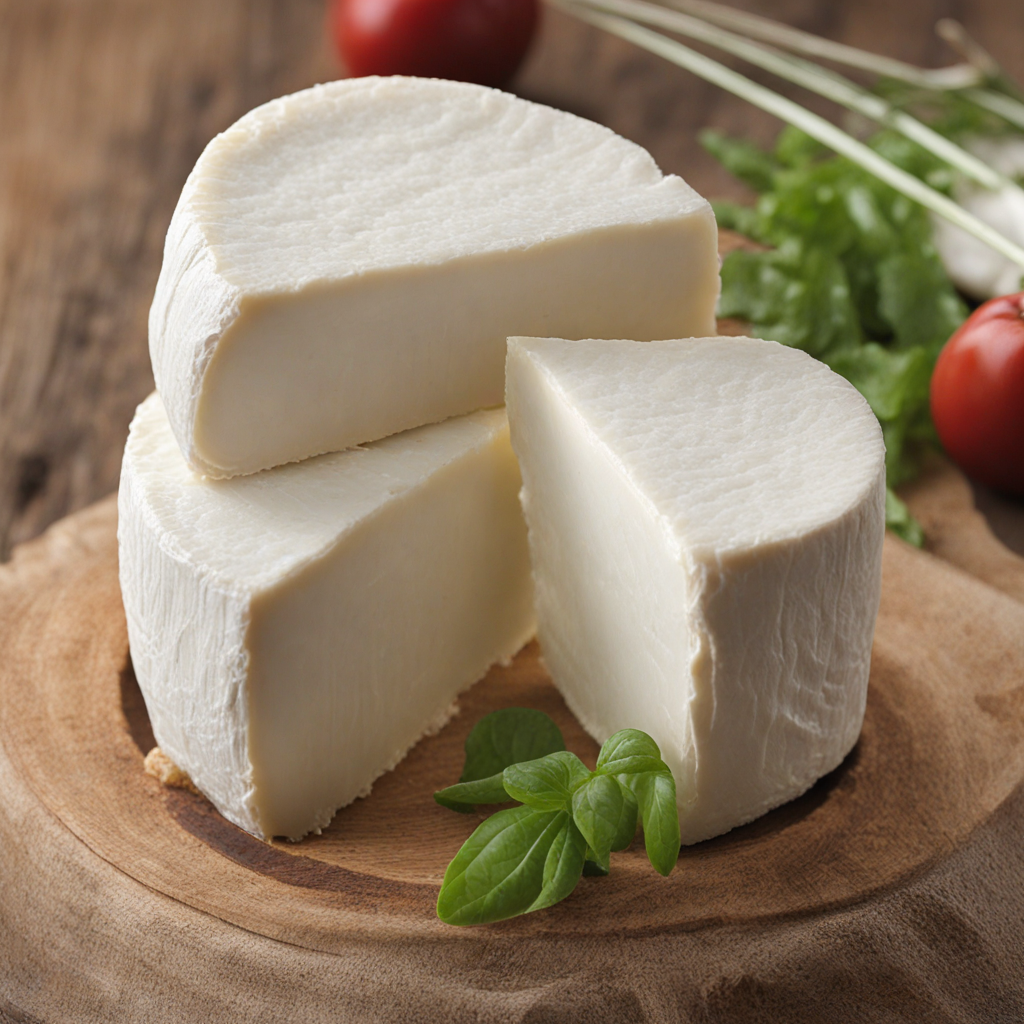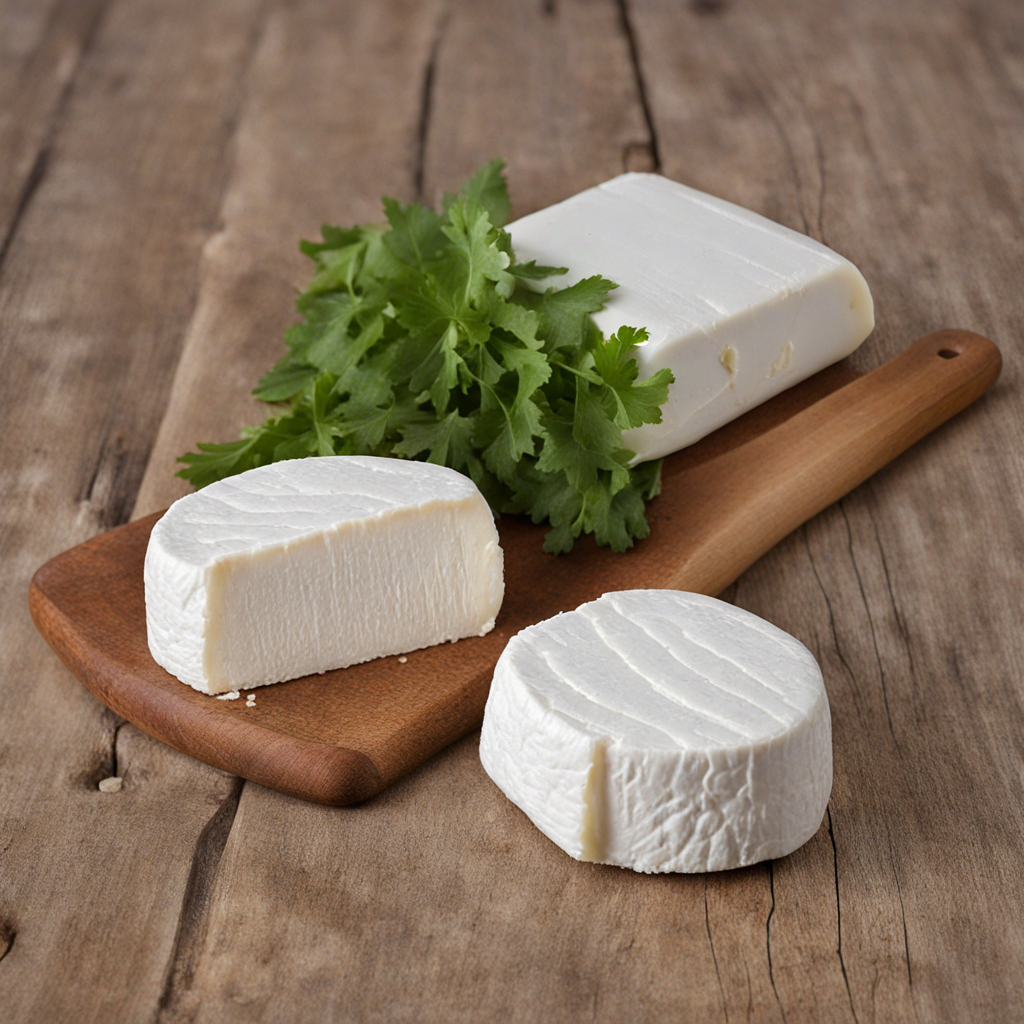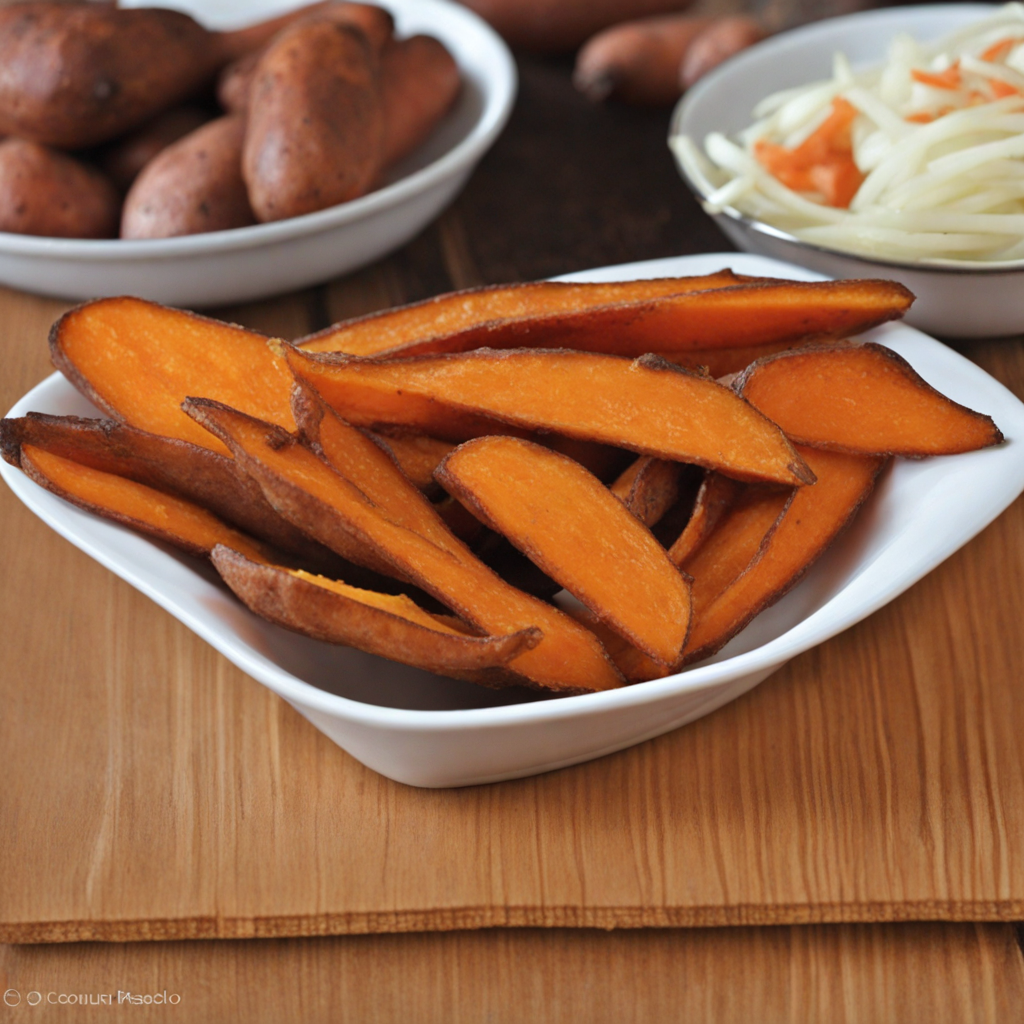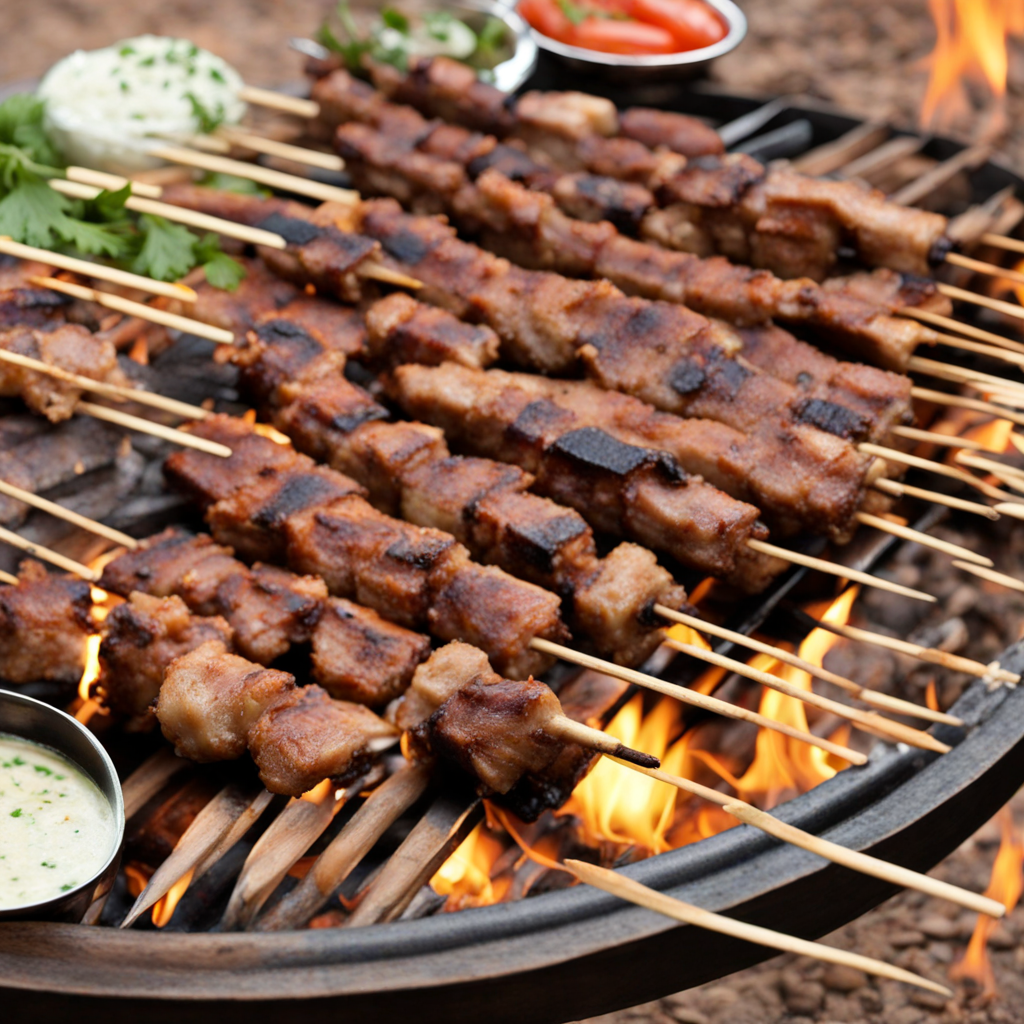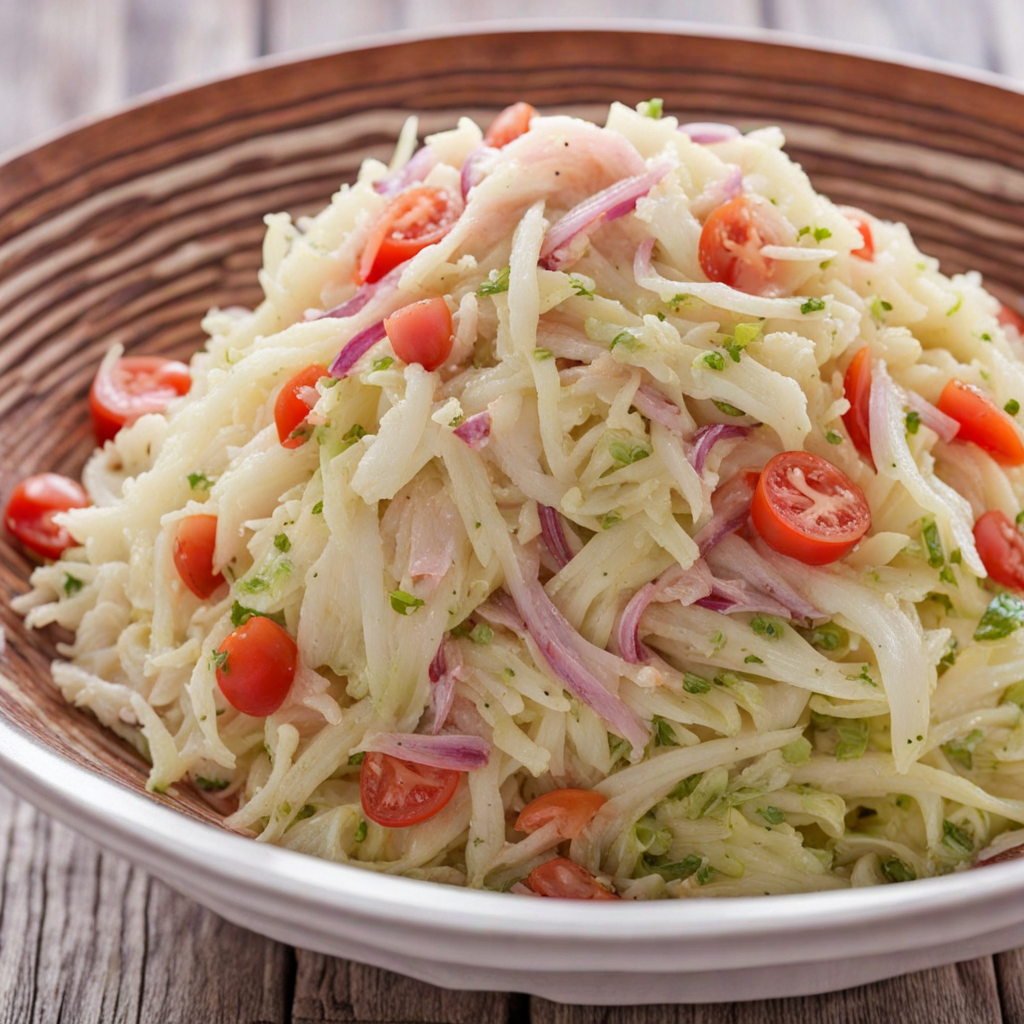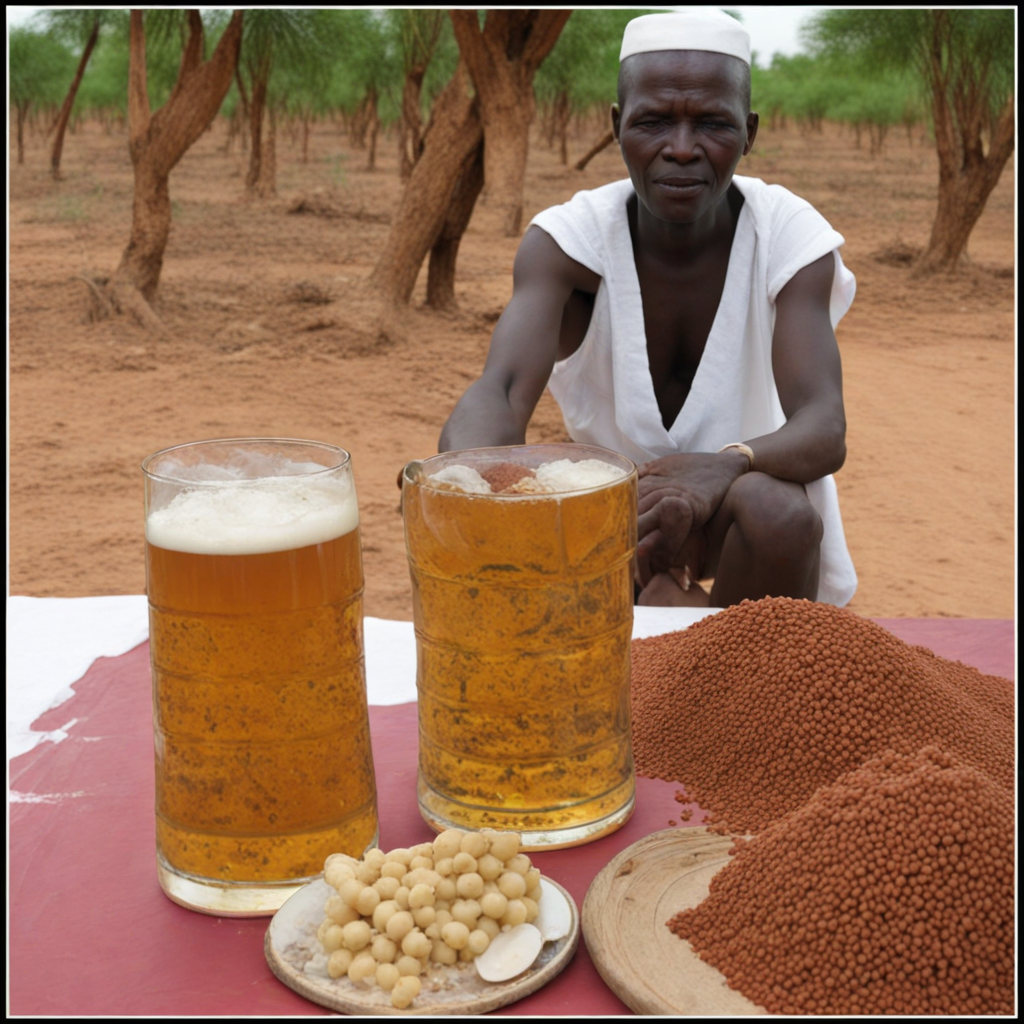Goat Cheese
Goat cheese from Burkina Faso is a delightful culinary treasure that showcases the region's rich agricultural heritage. This cheese is often made from the milk of local goats, which thrive in the arid landscapes of the country. The production process typically involves traditional methods, where the milk is carefully curdled and aged, resulting in a distinct flavor profile that is both tangy and creamy. The texture can vary from soft and spreadable to crumbly, depending on the aging process, making it versatile for various dishes. In Burkina Faso, goat cheese is more than just an ingredient; it’s a cultural staple often enjoyed during communal meals and celebrations. It can be served fresh as part of a cheese platter alongside local fruits and vegetables, or incorporated into traditional dishes such as stews and sauces. The cheese's unique flavor enhances the meal, adding a depth that complements the spices and ingredients commonly used in Burkinabé cuisine. This goat cheese also pairs wonderfully with local grains like millet or sorghum, creating a harmonious blend of flavors. Its tanginess can elevate salads, providing a refreshing contrast, or it can be melted over grilled vegetables for a rich, savory experience. As you explore the taste of goat cheese from Burkina Faso, you’ll uncover a delightful combination of tradition, flavor, and nutritional benefits that reflect the heart of the country's culinary culture.
How It Became This Dish
The Engaging History of Fromage de Chèvre in Burkina Faso Fromage de Chèvre, or goat cheese, is a beloved culinary staple in Burkina Faso, reflecting the rich tapestry of the nation’s agricultural practices, cultural heritage, and social traditions. This delectable cheese, often made from the milk of local goats, encapsulates the essence of Burkinabé life, intertwining the past with contemporary culinary practices. To understand the significance of Fromage de Chèvre in Burkina Faso, we must journey through its origins, cultural importance, and its evolution over time. #### Origins: The Birth of Goat Cheese in Burkina Faso The history of Fromage de Chèvre in Burkina Faso is deeply rooted in the ancient agricultural practices of the region. Goats have long been a vital source of sustenance for many communities in West Africa, providing not only meat but also milk, which is crucial for both nutrition and economic stability. The domestication of goats in this region can be traced back thousands of years, with evidence suggesting that these hardy animals were integral to the livelihood of pastoral communities. The preparation of goat cheese likely began as a means of preserving excess milk. In a climate where refrigeration was non-existent, the need for preservation methods led to the creation of various dairy products, including Fromage de Chèvre. The practice of cheesemaking is believed to have been passed down through generations, evolving as techniques and flavors were refined over time. Local women, often the primary caretakers of goats and the producers of cheese, played a crucial role in developing the artisanal methods that characterize Burkinabé goat cheese today. #### Cultural Significance: A Culinary Tradition In Burkina Faso, Fromage de Chèvre is not merely a food item; it embodies cultural identity and serves as a symbol of hospitality and community. The cheese is often served during special occasions, family gatherings, and communal feasts, reinforcing social bonds and promoting cultural cohesion. It is common for families to prepare large quantities of goat cheese for celebrations, showcasing their culinary skills and honoring their heritage. The cheese is frequently enjoyed alongside traditional dishes such as tô (a staple made from millet or sorghum) and vegetable stews. It adds a distinctive flavor profile and creamy texture that complements the often spicy and hearty nature of Burkinabé cuisine. Additionally, Fromage de Chèvre is a versatile ingredient that can be incorporated into salads, pastries, and even served with local fruits, reflecting the adaptability of Burkinabé cooking. Moreover, the production of Fromage de Chèvre has a significant economic impact on rural communities. Goat farming and cheese production provide livelihoods for many families, empowering women who are often the primary producers. The cheese is sold in local markets, contributing to household incomes and fostering a sense of pride in traditional craftsmanship. In this way, Fromage de Chèvre is not just a culinary delight but also a means of economic sustenance and empowerment. #### Development Over Time: Tradition Meets Modernity As Burkina Faso has evolved over the years, so too has the production and consumption of Fromage de Chèvre. The introduction of new technologies and practices has altered traditional cheesemaking methods, yet many artisans continue to uphold age-old techniques that have been passed down through generations. The balance between tradition and modernity is a defining feature of Burkina Faso’s culinary landscape. In recent years, there has been a growing interest in artisanal and organic food products, including Fromage de Chèvre. This trend has led to a resurgence in local cheesemaking, with producers focusing on quality and sustainability. Many farmers have adopted organic practices, ensuring that their goats are raised in healthy environments and fed natural diets. This commitment to quality not only enhances the flavor of the cheese but also appeals to a growing consumer base that values ethical and environmentally friendly products. Furthermore, the globalization of food culture has introduced new flavors and techniques to Burkinabé cheesemaking. Influenced by international culinary trends, some artisans have begun experimenting with infused goat cheeses, incorporating herbs, spices, and even local ingredients such as baobab fruit or chili peppers. This innovation has resulted in a vibrant array of goat cheese varieties, showcasing the creativity and adaptability of Burkinabé cuisine. #### Challenges and Resilience Despite its cultural significance and economic importance, the production of Fromage de Chèvre in Burkina Faso faces challenges. Climate change, food security issues, and economic instability pose threats to traditional livestock farming and cheese production. Droughts can reduce the availability of grazing land, affecting goat health and milk production. Additionally, the global market's influence can lead to competition with imported dairy products, jeopardizing local producers. However, the resilience of Burkinabé communities shines through. In response to these challenges, initiatives aimed at promoting sustainable agriculture and supporting local producers have emerged. Organizations focused on empowering women in agriculture, improving livestock management practices, and enhancing market access are helping to ensure the future of Fromage de Chèvre in Burkina Faso. Local cooperatives have also begun to form, allowing cheesemakers to collaborate and share resources, knowledge, and marketing strategies. This collective approach not only strengthens individual businesses but also fosters a sense of community and shared purpose among producers. #### Conclusion: The Legacy of Fromage de Chèvre Fromage de Chèvre in Burkina Faso is more than just a food item; it is a reflection of the country’s rich cultural heritage, agricultural traditions, and communal spirit. Its journey from ancient practices to modern adaptations illustrates the resilience and creativity of Burkinabé communities. As the world becomes increasingly interconnected, Fromage de Chèvre stands as a testament to the importance of preserving local traditions while embracing innovation. In every bite of this creamy, tangy cheese, one can taste the essence of Burkina Faso—its history, its people, and its enduring commitment to community and culture. As the production and appreciation of Fromage de Chèvre continue to evolve, it remains a cherished symbol of culinary identity, connecting past and present in a delicious celebration of Burkinabé life.
You may like
Discover local flavors from Burkina Faso


